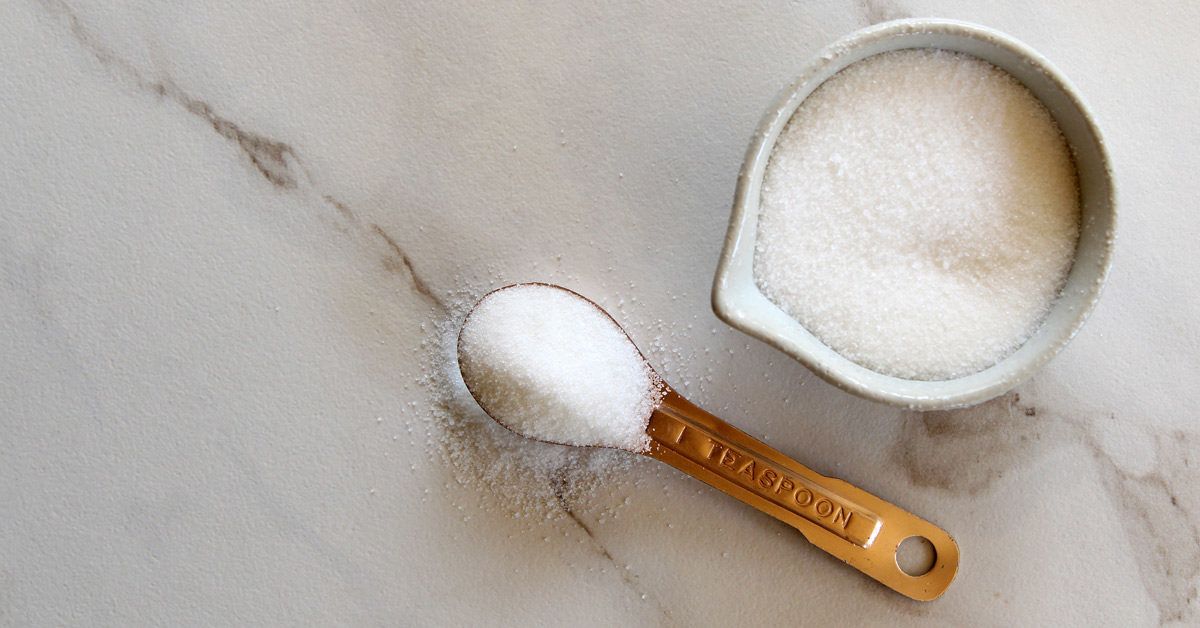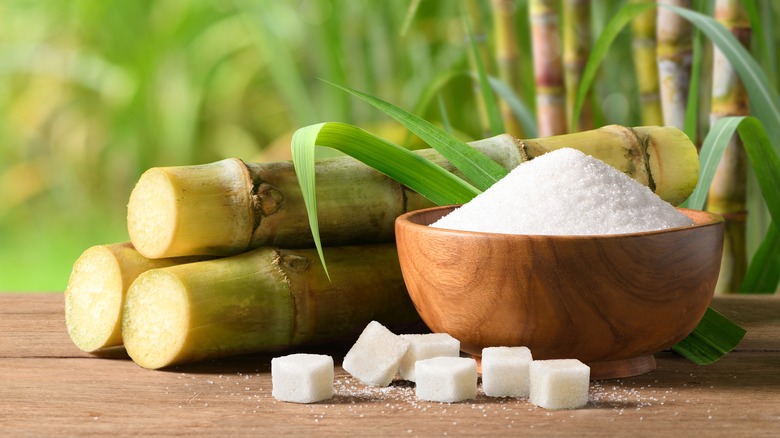Many baking guides specify either beet sugar vs cane sugar, depending on the intended outcome.
Discover the Uses and Perks of Beet Sugar Vs Cane Sugar in Your Daily Diet Plan
Exploring the distinct top qualities of beet and cane sugar exposes more than simply their sweetening abilities; it highlights their distinct effect on health and cookeries. Beet sugar, known for its subtle taste, is typically favored in delicate treats, whereas cane sugar, with its hint of molasses, includes splendor to robust meals. Each kind holds its own dietary account and glycemic implications, welcoming a much deeper understanding of their roles in a well balanced diet regimen and sustainable usage techniques.
Beginning and Production Processes of Beet and Cane Sugar

The unique environments and soil types needed for expanding sugar beets and sugarcane contribute to differences in their farming techniques and geographic distribution, affecting the business economics and sustainability of their manufacturing. beet sugar vs cane sugar.
Nutritional Comparison Between Beet Sugar and Cane Sugar
Regardless of stemming from different plants, beet sugar and cane sugar are nutritionally very similar, both mostly including sucrose. Each provides about 4 calories per gram, equating to about 16 calories per tsp. Structurally, both sugars are composed of roughly 99.95% sucrose, with marginal quantities of other compounds like wetness and trace element, which do not significantly change their dietary accounts.

Eventually, when picking in between beet sugar and cane sugar based on dietary web content alone, both deal similar benefits and disadvantages as they are basically forms of the same particle-- sucrose, offering fast power without various other nutrients.
Effect On Health: Glycemic Index and Caloric Material
Exploring better into the effects of beet sugar and cane sugar on health and wellness, it is essential to consider their glycemic index and calorie material. Both sugars are categorized as sucrose, which includes sugar and fructose. This make-up leads them to have a similar see here now effect on blood sugar degrees. The glycemic index (GI) of both beet and cane sugar is around 65, classifying them as high-GI foods, which can create fast spikes in blood sugar degrees. This is a crucial facet for individuals handling diabetic issues or those attempting to stabilize their power degrees throughout the day.
Each sort of sugar includes around 4 calories per gram, making their caloric web content equivalent. For those keeping track of caloric intake, specifically when handling weight or metabolic wellness conditions, recognizing this equivalence is crucial (beet sugar vs cane sugar). However, extreme consumption of any type of high-calorie, high-GI food can add to health and wellness issues such as weight problems, heart problem, and insulin resistance.
Environmental and Economic Factors To Consider of Sugar Production
Beyond wellness impacts, the production of beet and cane sugar also increases considerable environmental and economic problems. Sugar beet cultivation tends to require cooler climates and has a reduced geographical impact contrasted to sugar cane, which grows in tropical regions.
Additionally, using pesticides and fertilizers in both beet and cane sugar cultivation can lead to soil degradation and contamination, further impacting biodiversity and local water bodies (beet sugar vs cane sugar). The choice in between growing sugar beet or cane frequently rests on regional ecological conditions and economic aspects, making the sustainability of sugar manufacturing a complicated problem
Culinary Applications and Flavor Differences
While the environmental and financial aspects of sugar manufacturing are indeed significant, the option in between beet and cane sugar likewise influences culinary applications and flavor accounts. Beet sugar, stemmed from the sugar beet plant, is known for its remarkably neutral taste. This makes it a flexible active ingredient in browse around here cooking, where it does not modify the flavor of various other parts. It liquifies quickly and is perfect for usage in cakes, cookies, and breads.
Walking cane sugar, removed from sugarcane, commonly maintains molasses traces, which pass on a distinct splendor and depth. This mild molasses taste boosts the complexity of baked products, sauces, and marinades. It is especially favored in products where a caramel undertone is wanted, such as in brownies or gingerbread. The minor variant in moisture material in between beet and cane sugar can influence the texture and uniformity of meals, making cane sugar a recommended choice for certain dishes that benefit from its special residential or commercial properties.

Conclusion
In conclusion, both beet and cane sugar have distinct origins and production processes, offering similar nutritional profiles with minor distinctions in salt web content and taste. While their influence on health and wellness, particularly his response concerning glycemic index and calories, is comparable, the choice in between them usually steams down to ecological, economic elements, and specific cooking demands. Recognizing these elements can direct consumers in making informed choices that line up with their health and wellness goals and taste choices.